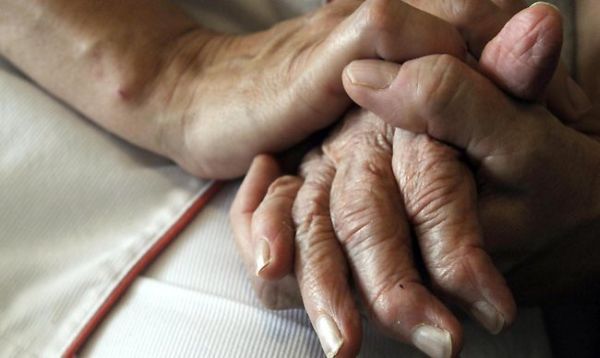Mexico City, Mexico - Parkinsonís disease is the nationís second-most common neurodegenerative disorder, affecting 50 out of every 100,000 people, according to the Mexican Neurological Academy.
Usually linked to advanced age and sometimes genetic predisposition (it has also been linked to repeated head injuries such as those suffered by professional boxers) the disease is progressive, debilitating, and incurable, with most patients facing a slow but chronic evolution of tremors, loss of motor control, rigidity, and uncontrolled shaking of extremities.
And while the use of certain pharmaceuticals such as Levodopa, which increase the dopamine levels in the brain, are useful in slowing the progression of the disease during its early stage, most patients will eventually develop a tolerance for these drugs over time (generally within five years), thus limiting their effectiveness in controlling the conditionís symptoms.
But Alfonso Arellano Reynoso, head of the movement disorders clinic of the ABC Medical Centerís Neurological Science and Orthopedic Center and attending neurosurgeon at the National Institute of Neurology, wants Parkinsonís disease patients and their families to know that the condition is not without hope.
"Almost all Parkinsonís disease patients who undergo deep brain stimulation (DBS) surgery can expect to experience between a 50 and 90 percent improvement of symptoms and the need for medications," he told The News in a recent interview. "And we are also seeing that the surgery can slow the progression of the disease."
DBS surgery is the most commonly used surgical treatment for Parkinsonís and involves the implantation of a battery-operated medical device called a brain pacemaker or neurostimulator, which sends electrical impulses to specific parts of the brain. Tiny electrodes are implanted in the brain under local anesthetic and occasional sedation.
The electrodes are connected through an insulated wire that is passed under the skin of the head, neck, and shoulders to the pacemaker, usually positioned in the chest near the collarbone. After the surgery, the doctor will turn on the pacemaker via magnetic controls and adjusts the level of stimulation needed for each patient.
 |
Arellano Reynoso said that DBS has become "the gold standard worldwide" in treating advanced stages of Parkinsonís disease. "This minimally invasive surgery is performed while the patient is awake and there is absolutely no pain involved," Arellano Reynoso said. "Because the electrodes are introduced through little incisions through the skull rather than via major surgery, patients are generally able to leave the hospital within two or three days after the surgery and are back at work within a month."
Arellano Reynoso pointed out that the ABCís Neurological Science and Orthopedic Center is equipped not only with a team of multidisciplinary specialists who participate in each DBS surgery, but also offers the latest and most advanced equipment, allowing doctors to identify and reach the exact point within the brain to give patients the best possible results.
The surgery at the ABC costs about $40,000 Ė much less than at many top hospitals in the United States and Europe Ė and is generally covered by all major health-insurance providers. Arellano Reynoso said that, in most cases, that cost is recovered within the first two years after the surgery as a result of reduced medication and increased productivity.
But, unfortunately, not every Parkinsonís disease patient is a candidate for DBS surgery.
Arellano Reynoso said that patients are selected on a basis of age, other health problems that might affect the operation such as heart disease or cancer, mental and psychological stability, the absence of other serious brain disorders (such as tumors) and their past medical history with dopamine-stimulating drugs.
"If a patient has not responded well to the use of Levodopa, they probably will not respond well to DBS surgery," he said. Nonetheless, Arellano Reynoso said, about 30 to 40 percent of Parkinsonís patients are considered to be good candidates for the surgery, and another 20 percent fall into the borderline category.
Sadly, Arellano Reynoso said, less than 1 percent of Parkinsonís disease patients in Mexico who are good candidates for the surgery undergo the operation, primarily because they or their physicians are unaware of its potential.
"We need to get the word out to patients and their doctors that DBS surgery is an effective and minimally invasive procedure that can dramatically change the life of Parkinsonís disease patients," he said.
"DBS surgery is not a cure for the disease, but it is a very effective treatment that can help to restore patientsí motor skills and productivity, offering them a longer and much more fulfilling life."


